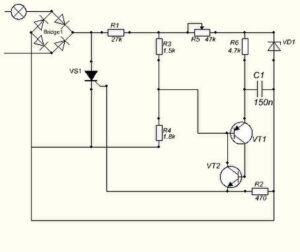



Start Here
Ace Your Power Supply Knowledge with the 8.1.4 Practice Exam
Dive deep into the heart of amateur radio equipment with hamshack.ca’s 8.1.4 Power Supplies Practice Exam. Tailored for advanced amateur radio students, this exam challenges you to master every aspect of power supply systems, from the basics of transformer and rectifier circuits to the complexities of regulated power supplies and everything in between. Whether you’re a seasoned operator or gearing up for the Advanced Amateur Radio certification, this practice exam is your ultimate test of knowledge and troubleshooting skills in power supply technology.
Key Exam Topics:
- Transformers and Rectifiers: Decode the essentials of AC to DC conversion.
- Voltage Doubling and PIPs: Amplify your understanding of voltage output.
- Filter Circuits: Smooth out the noise with advanced filtering techniques.
- Linear vs. Switching Regulators: Navigate the efficiencies and applications of voltage regulation.
- Regulated Power Supplies: Guarantee stable operation for your radio equipment.
Featuring 25 questions from the Advanced Amateur Radio question bank, the 8.1.4 Power Supplies Practice Exam offers a comprehensive review of power supply mechanisms crucial for any radio setup. With the flexibility of multiple attempts and direct links for in-depth course reviews.
Be sure to login to your hamshack.ca account to track your progress by clicking the [Mark Complete] Button at the bottom of each lesson. You can contact VE7DXE to sign-up for the new Basic Amateur course.
© Hamshack.ca. All lesson content, diagrams, and quizzes are proprietary and protected by copyright. Access is for personal use only and requires a valid course purchase where applicable. Copying, sharing, or redistributing any material is strictly prohibited. See the Hamshack.ca Terms of Use for full details.
